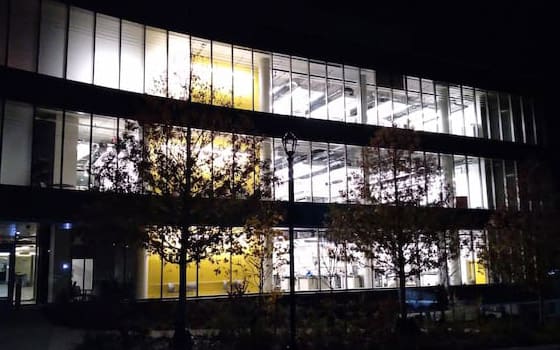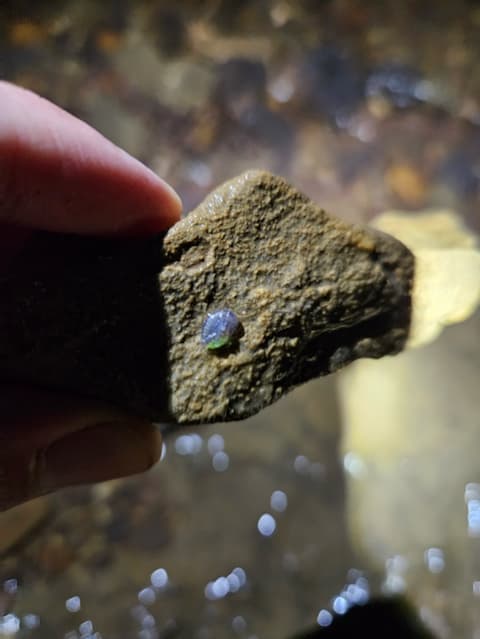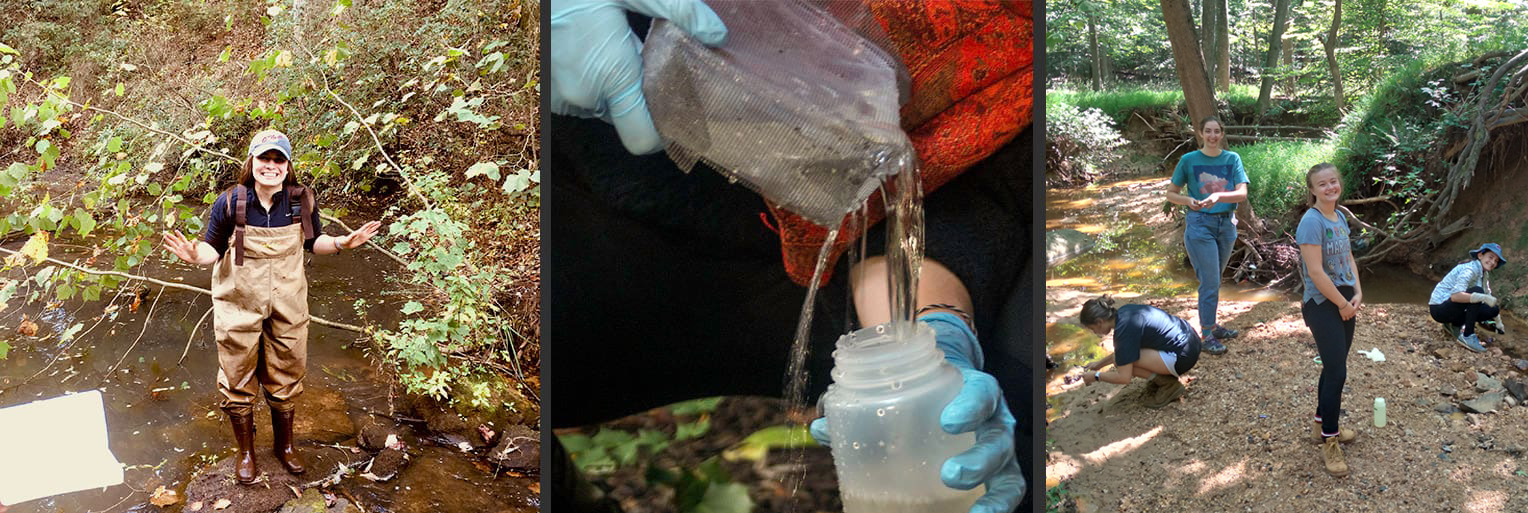Contact Us

Our Work
We examine organic contaminants and general geochemistry of freshwater systems, especially locally impacted ones such as the Anacostia River. Urban rivers are beset with environmental problems associated with land use and human infrastructure development. We examine altered geochemistry in the river, try to determine causes and look for signs of change as regional efforts to improve the river's water quality proceed. The biogeochemical lab also examines fatty acid profiles in sediments to characterize bacterial community members. Profiles give clues to bacterial types as well as algae and diatom species. The lab also characterizes food web structure and climate resilience using field and laboratory stable isotope studies.
Active Projects
Assessing seep amphipod and isopod resilience to environmental warming by metabolic plasticity proxy Funded by the Cave Conservancy of the Virginias
Invertebrates which inhabit perched aquifers and seepage springs have limited mobility and are likely to be exposed to rising temperatures as soil environments warm in response to climate change. This proposal will investigate the resilience of two commonly observed seep invertebrates to climate change; the isopod, Caecidotea kenki and the amphipod, Gammarus minus. It will examine their resilience to warming by determining the "plasticity" of metabolic activity at different temperatures using isotope geochemical techniques.
Investigation into the concentration and distribution of bisphenol A (BPA) in Anacostia and Potomac River sediments
Funded by the Water Resources Research Institute/USGS
Recent investigations into contaminants in the Anacostia River and its tributaries have revealed the widespread occurrence of microplastics. One of the reasons that microplastics are receiving so much attention lately has been the realization that the additives are likely to leach from the hydrocarbon plastic they are associated with and may become reactive contaminants. One chemical that was not tested for, but likely to occur in the Anacostia (since the plastics are so widespread), is bisphenol A (BPA). BPA, a compound derived from polycarbonate plastics where it is used as a plasticizer, is endocrine disrupting for vertebrates and potentially lethal for phytoplankton. This project will investigate the occurrence and concentration of bisphenol A in sediments at 4 locations within the Anacostia watershed and 3 locations in the Potomac and test the hypothesis that BPA should be higher in the more urban areas of the Anacostia relative to suburban areas or the Potomac River sites.
-
Olivia Ventresca, Ashley Acevedo, Kristina Nicholas, Jonathan Craig, Sophia Carpenter, Christia Fisher, Madeleine Danzberger, Cassidy Williams, Barbara Balestra and Stephen MacAvoy. 2024. Concentration and distribution of specific siloxanes (D5 and D6) and PAHs in the Anacostia and Potomac Rivers, USA. Water16 16, 2059. https://doi.org/10.3390/w16142059
-
Davey E, Meiller J, Kontana K, Fox D, Landaverde N, MacAvoy SE, Balestra B. (2023). Microplastics and polycyclic aromatic hydrocarbons: abundance, distribution, and chemical analyses in the Nash Run, an urban tributary to the Anacostia River (Washington, DC). Water, Air and Soil Pollution 234: 493. https://doi.org/10.1007/s11270-023-06468-5
-
Malik, S, Cohen A, MacAvoy SE, Connaughton VP. (2023). The importance of assessing water quality in tributaries: A case study in an urban waterway using zebrafish (Danio rerio). Water 15: 2372. https://doi.org/10.3390/w15132372
-
Jessup, WH, Wiegand J, Delbridge-Perry M, MacAvoy SE, Connaughton VP. (2022). Development effects of siloxane exposure in zebrafish: a comparison study using laboratory-mixed and environmental water samples. Journal of Applied Toxicology 1-19 DOI: 10.1002/jat.4369
-
MacAvoy SE and Lunine A. (2022). Anthropogenic influences on an urban river: differences in cations and nutrients along an urban/suburban transect. Water 14(9): 1330 (doi.org/10.3390/w14091330).
-
Jessup, WH, Wiegand J, Delbridge-Perry M, MacAvoy SE, Connaughton VP. 2022. Development effects of siloxane exposure in zebrafish: a comparison study using laboratory-mixed and environmental water samples. Journal of Applied Toxicology 1-19 (doi.org/10.1002/jat.4369).
Lab Director
Professor Stephen Macavoy,
Department of Enviromental Science
Lab Members

John Harding
John Harding is a senior at American University majoring in Environmental Science (BS). He is working on extracting and analyzing PAHs (Polycyclic Aromatic Hydrocarbons), Siloxanes, and Alkanes from sediments obtained from several sites along the Anacostia River and its tributaries. John is also working on a project studying the resilience of small amphipod and isopod species to climate change in several semi-aquatic cave systems in southern Virginia.

Krystalyn Super
Krystalyn Super is an MS student examining the concentration of bisphenol A (BPA) in surface sediments from rural, suburban, and urban locations along the Potomac and Anacostia Rivers.

Kevin Wetherell
Kevin has been working on extracting sediments from the Potomac and Anacostia Rivers to examine PAH and slioxane (silicone) concentrations in urban and suburban sites to test for differences. He will be determining whether the sources of PAHs are petroleum related or combustion related. He has also been involved in food web analysis of caves in southwest Virginia using stable isotopes.
